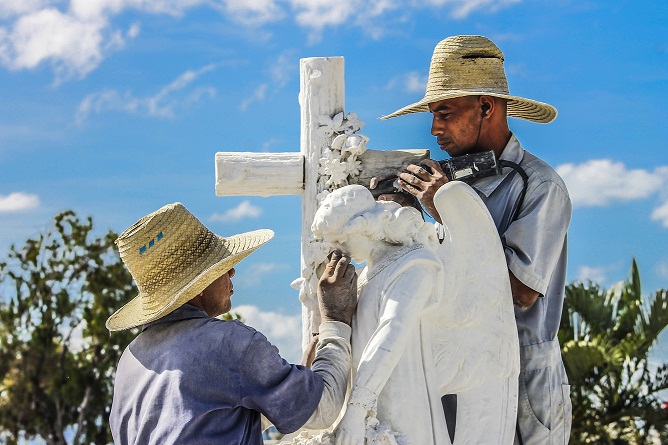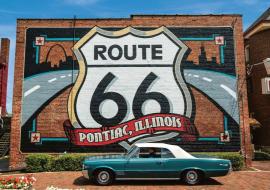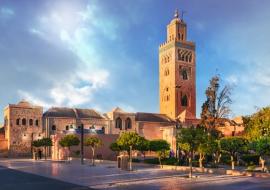Santiago de Cuba’s Cemetery Gets News Lease on Life

Within the framework of the 500th anniversary of Santiago de Cuba, a group of specialists is restoring one of the most famous cemeteries of Cuba: Santa Ifigenia, a place of great historic, architectural and artistic value.
Click on Santiago de Cuba: A City of 500 Years
This Heritage Cemetery is a gem of funerary art, with pieces that recall our heroes, stand for the love of their families and turn this century-and-half-old place into an interesting cultural and historical site.
Declared National Monument on February 7, 1937, and ratified as such on May 20, 1979, it covers 133 thousand square meters. This cemetery represents a reminder of past and present developments in Cuba, since it houses some of the bravest women and men from the pro-independence wars, as well as boldface names from the country’s artistic, cultural and scientific history.
Some of the main attractions are the mausoleum to the Apostle, the Father of Homeland’s tomb, Carlos Manuel de Cespedes, the spaces of some of the members of the Maceo family, Frank Pais and his brother, the attackers to Moncada Barracks, or the Pathway of Troubadours, with the mortal remains of Pepe Sanchez and Francisco Repilado (Compay Segundo). The title of his last song, Las flores de la vida, is carved on his gravestone, and there is a bronze replica of his guitar and hat.
MSc. Ach. Odalis Quintana Caton is heading the works that are being carried on site: “This heritage area is also being prepared to celebrated half a millennium of the foundation of the city. The restoration works began back in 2009 and were intensified in 2012.
These actions mainly targeted the areas of heritage value and guaranteed the balance between the scenery and the functionality of the graveyard.
“Since mid-2013 we’ve been working on the restoration of the funerary heritage (tombs) which was very damaged by hurricane Sandy, and we’ve counted on the support of artists from the Fund of Cultural Assets, in Granma, and restorers that work for the City Curator’s Office.”
One of the main goals of this restoration aims at the preservation of its formal and aesthetic image, as well as the heritage values of the funerary works.
The cemetery includes 8,171 tombs and nearly 693 of them have already been restored. The work is scheduled to be totally done by 2020, Quintana Caton explained.
The most immediate works are related to the cleaning and preservation of the Altarpiece of Heroes, the construction of the bone remains and solid wastes incinerators, as well as the exhumation premise, ossuaries, the tree-planting process and systematic maintenance works.














